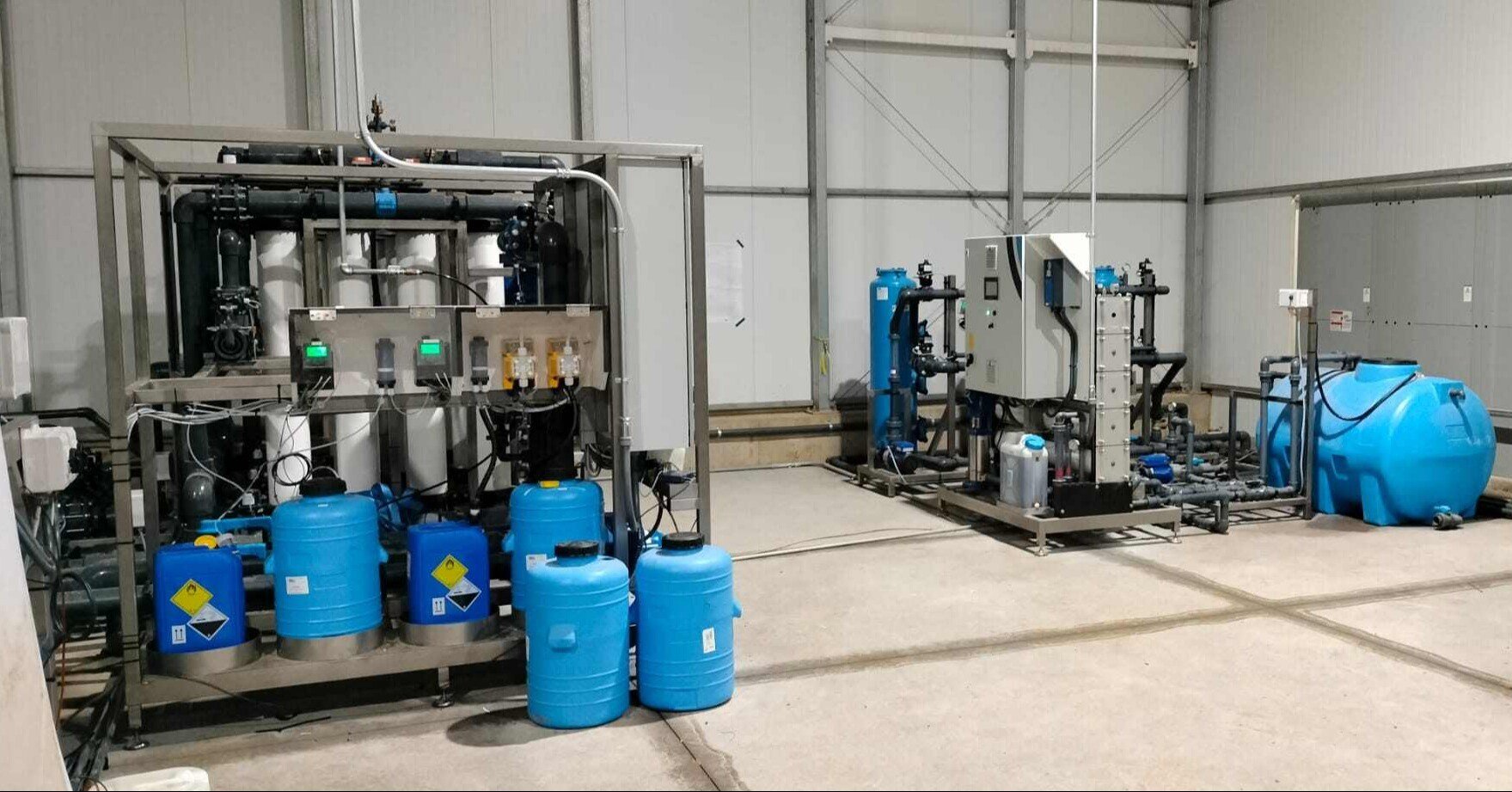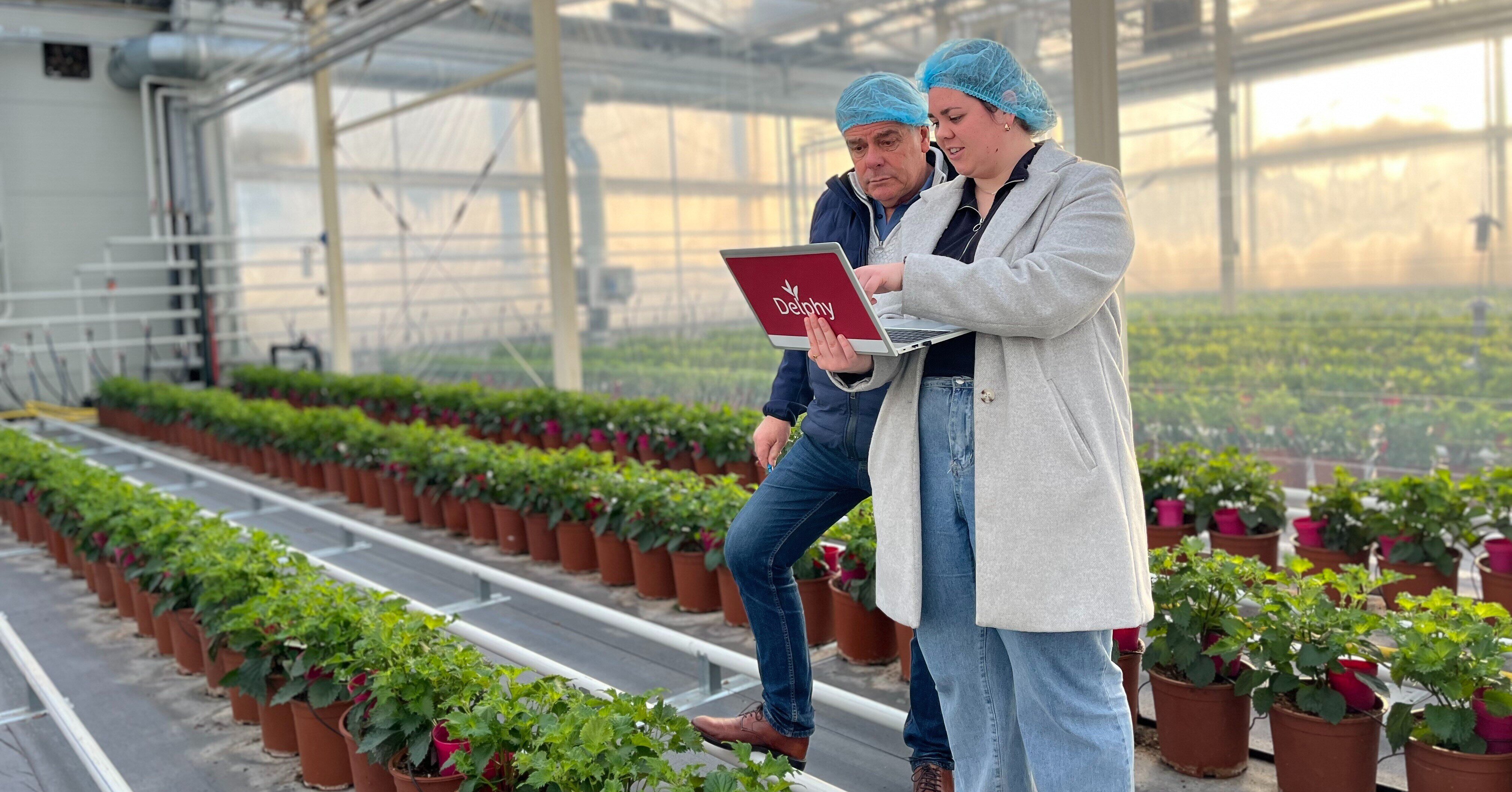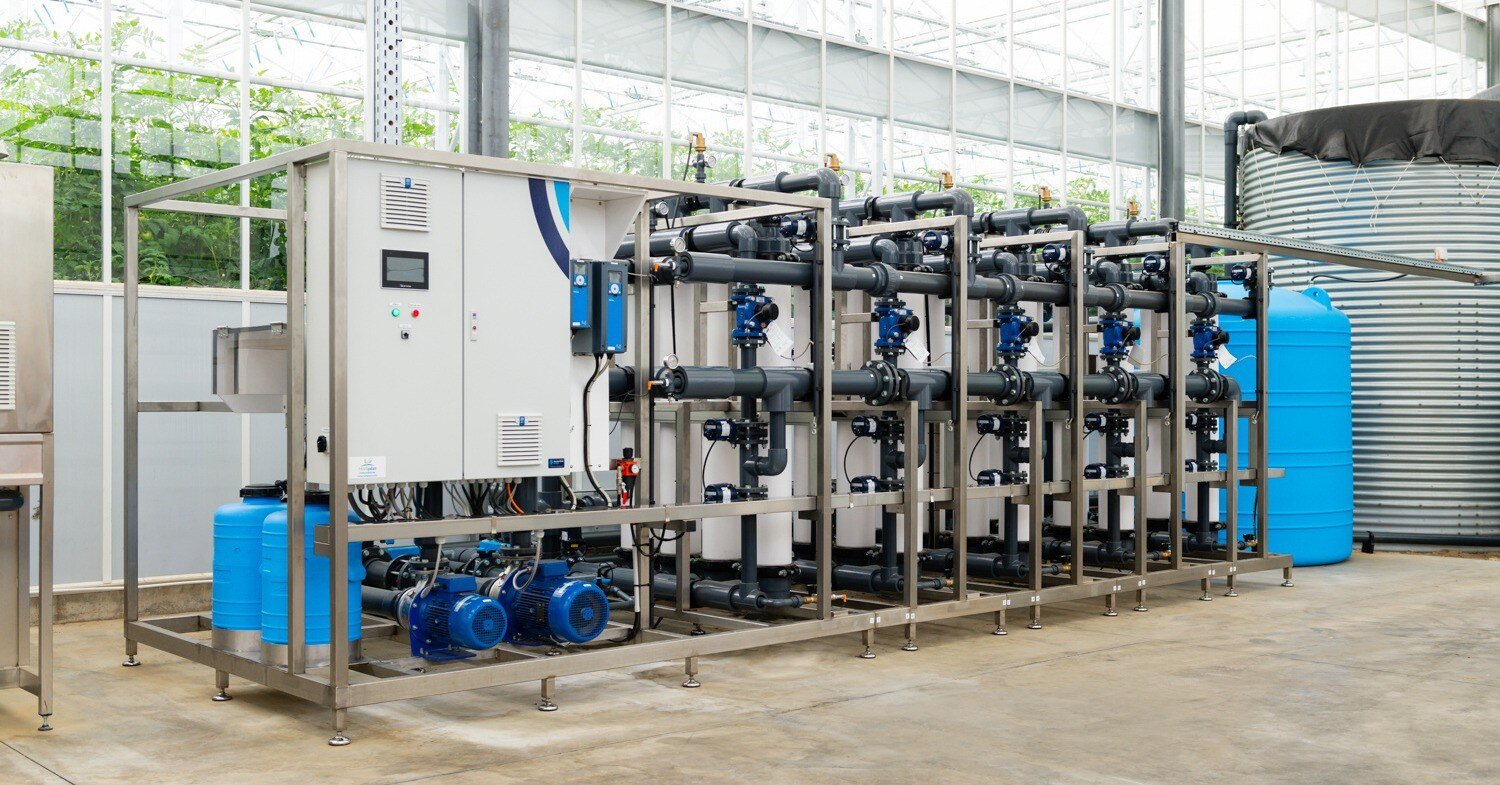- Prefer direct contact? +31 (0)79 593 38 00
- Language: English
A proper substrate ensures a healthy plant

A proper substrate ensures a healthy plant
Oct 10, 2024 8:26:22 AM
When cultivating plants, factors such as light, water, and nutrients are often considered, but the impact of the substrate is frequently underestimated. Whether it's a concrete floor, rolling tables, or a specialized cultivation floor, the substrate plays a crucial role in the health and resilience of the crop.
There are four key factors to keep in mind regarding the substrate and the microclimate surrounding the plant, all of which can significantly affect plant health.
1. Substrate temperature
Imagine walking barefoot on a concrete surface on a hot summer day. The heat you feel is similar to what a plant experiences on a warm day. A substrate that's too hot can inhibit growth and negatively affect the plant's overall health. A cool substrate is essential to prevent stress in plants.
Choosing a substrate that effectively regulates heat, such as a surface with a light-reflective color, allows better control over temperature. This helps keep the roots cool and creates a more stable and healthy growing environment for the plant.
2. Moisture supply
Adequate moisture is critical for healthy plant growth, but the method of water delivery is equally important. In cool weather, overhead irrigation can leave crops wet for too long, promoting disease and increasing the energy needed to dry the plants. It can also raise humidity levels, slowing plant growth, and cause water to wash off more quickly, reducing the effectiveness of crop protection products.
In warm weather, a thin layer of water on the substrate can increase humidity. Maintaining the right moisture balance is crucial for plant quality and growth speed.
For these reasons, bottom watering is often preferred. It ensures even water distribution, contributing to a better microclimate and healthier plants. Bottom watering is particularly suitable for flowering plants.
3. Antagonists in the substrate
In nature, certain microorganisms can protect plants from diseases. These so-called antagonists can develop in the substrate and help fend off harmful fungi. Research has shown that a substrate with a healthy population of these microorganisms can significantly reduce the risk of plant diseases.
Encouraging an environment where these natural protectors can thrive contributes to the crop's resilience, helping plants stay healthy longer and reducing their susceptibility to disease.
4. Substrate hygiene
A clean growing environment is essential to ensure plant health. Keeping the substrate clean reduces the risk of harmful organisms developing, which can lead to disease. This applies not only during the growing period but also between different growing cycles. Regularly cleaning the substrate and following a hygiene protocol are important steps to prevent disease and improve overall plant health.
Healthy plants start with a healthy substrate. By paying attention to these four factors, you lay a solid foundation for a resilient crop.





